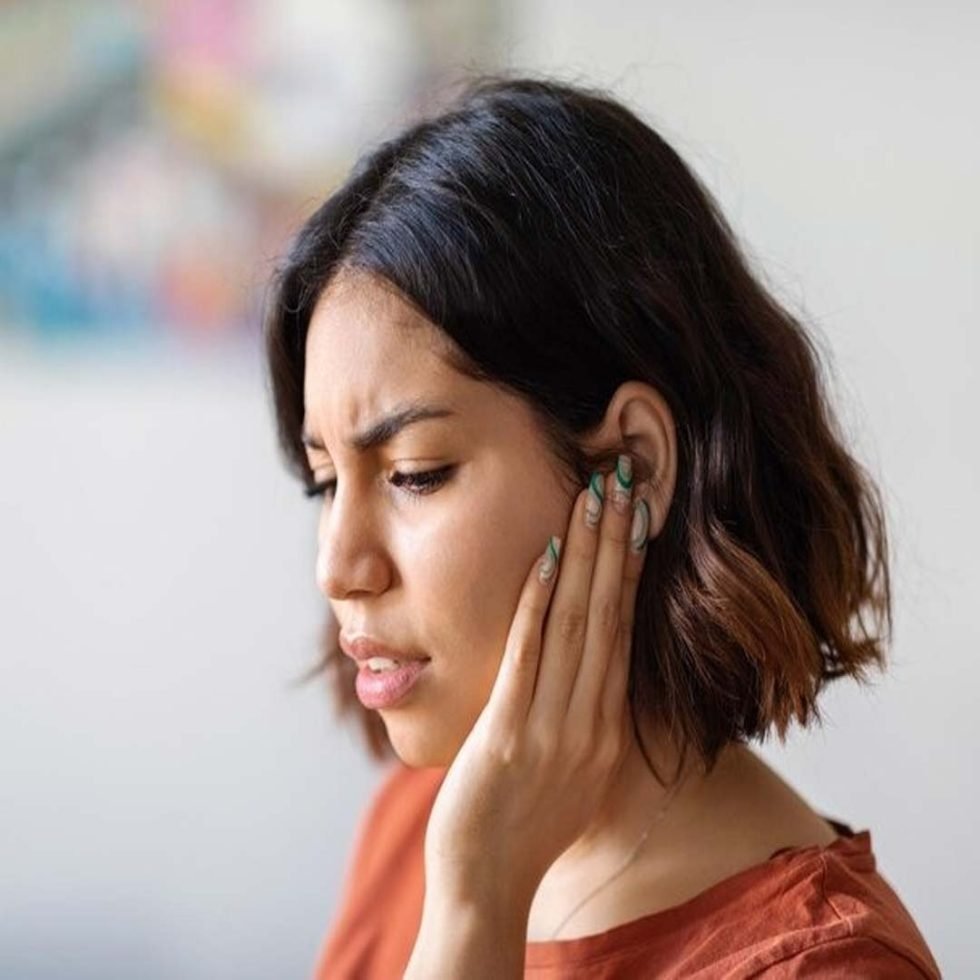
Do you feel uncomfortable or feeling difficulty in hearing? It could be more than a difficulty.
Our outer ear canal produces earwax is act as a natural cleaner. As earwax seals against dust and debris and hydrates the ear canal, it is beneficial for the health of your ears. But, if your ear produces excessive earwax then it could be a problem.
The following warning indicators suggest that you may be at the alarming stage of earwax buildup:
1. Diminished Hearing: Have you noticed a reduction in your capacity to hear well? Reduced hearing sensitivity can arise from excessive earwax obstructing sound waves from entering your inner ear.
2. Pain or Earache: Excessive earwax is hidden on the eardrum or ear canal may lead to pain and discomfort.
3. Tinnitus, or Ringing Sensation: Because earwax buildup can obstruct normal sound transmission, it may cause ringing, buzzing, or other phantom sounds in your ear.
4. Fullness or Pressure: If you experience a fullness or pressure in your ears, it may be a sign of an earwax buildup obstruction.
5. Dizziness: Dizziness may be happen due to excessive earwax accumulation in your inner ear.
Ignoring earwax accumulation can make it worse and increase the risk of consequences like infections or hearing loss. So, it is imperative that you take immediate actions if you are exhibiting any of these symptoms.
Here are some First aid tips to soften and remove excess wax safely at home:
Use Over-the-counter ear drops: Over-the-counter ear drops can be used to soften the wax. Generally, upto 5 drops two to three times daily is recommended still one must follow the instructions on the packaging carefully.
Use Olive Oil or Baby Oil: A few drops of warm olive oil or baby oil can help soften earwax. Tilt your head to the side and put a few oil drops through dropper in your ear. Stay in that position for a few minutes, then tilt your head the other way to let the oil and wax drain out.
Use of Baking Soda: Dissolve baking soda with equal parts water. Use a dropper to put a few drops in your ear and let it sit for a few minutes. Tilt your head to let the solution and wax drain out.
Seek Medical Advice
Despite trying these methods, if you will experience pain, hearing loss or persistent symptoms; go medical help. The best line of action is to consult with an ENT specialist who can safely remove extra earwax using specialized tools & techniques and offer advice on how to avoid future accumulation.
Don’t let earwax accumulation make your ear health vulnerable. Keep your eyes open for any problem and act quickly to preserve the health of your ears and your hearing.









